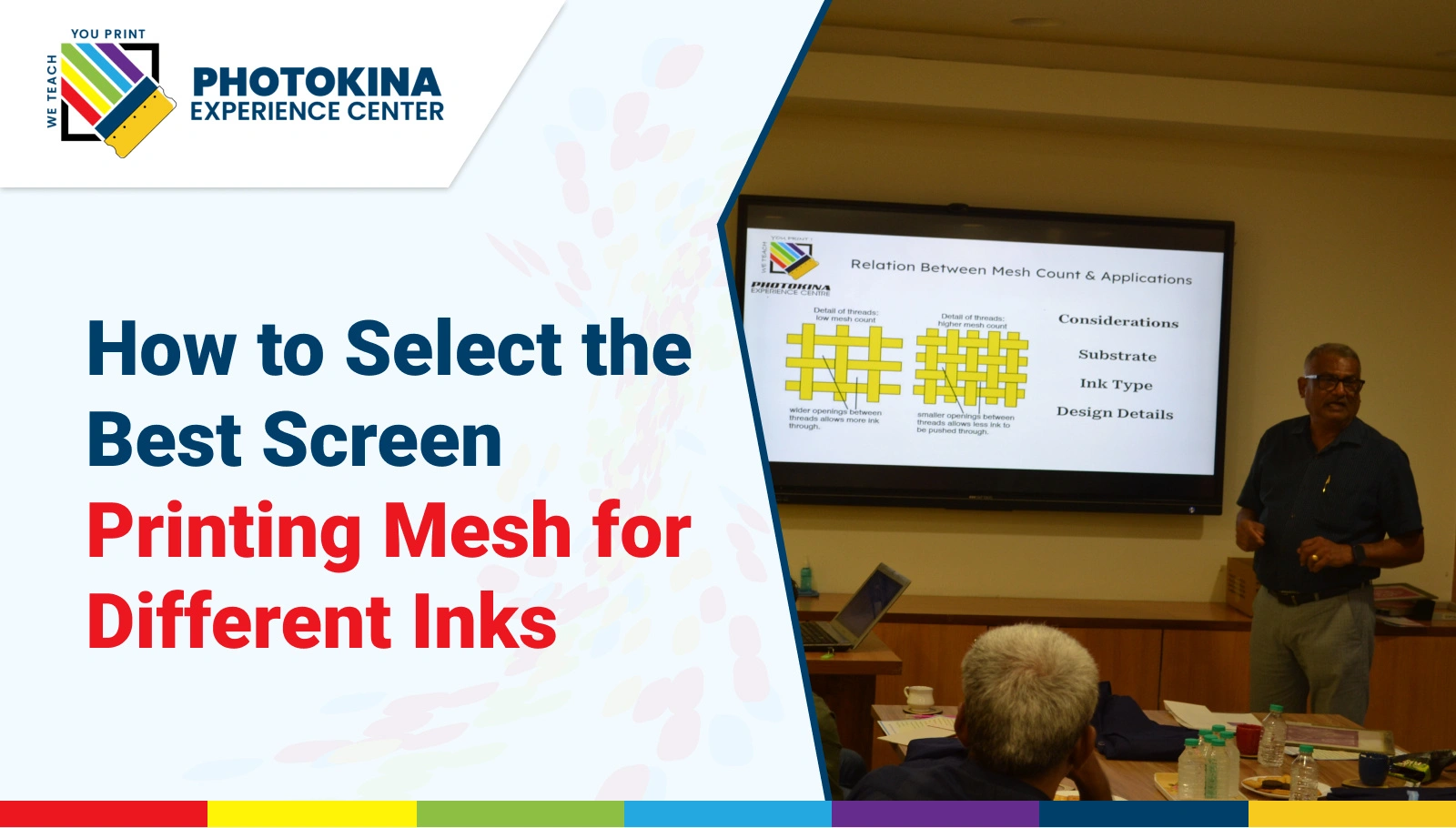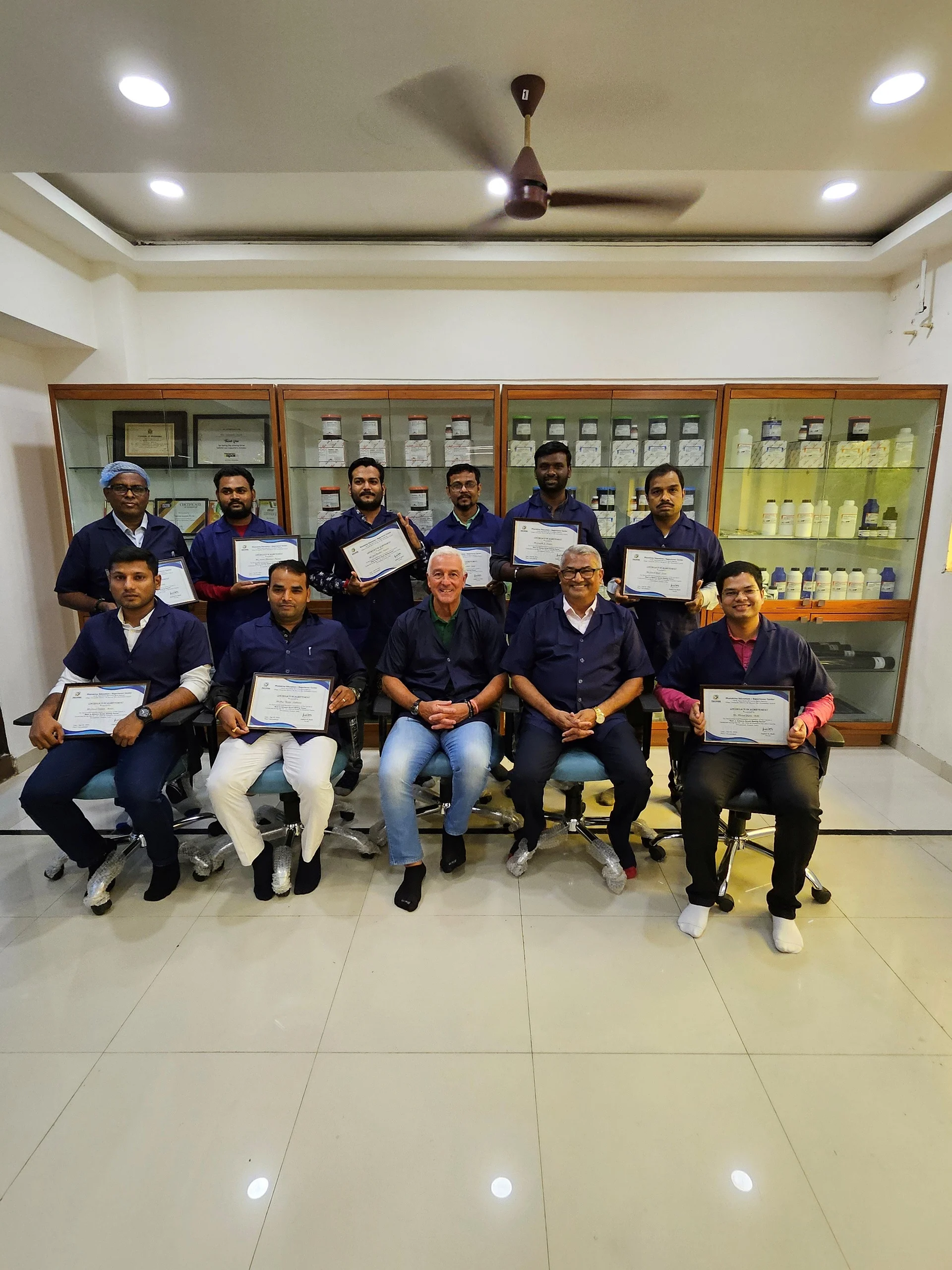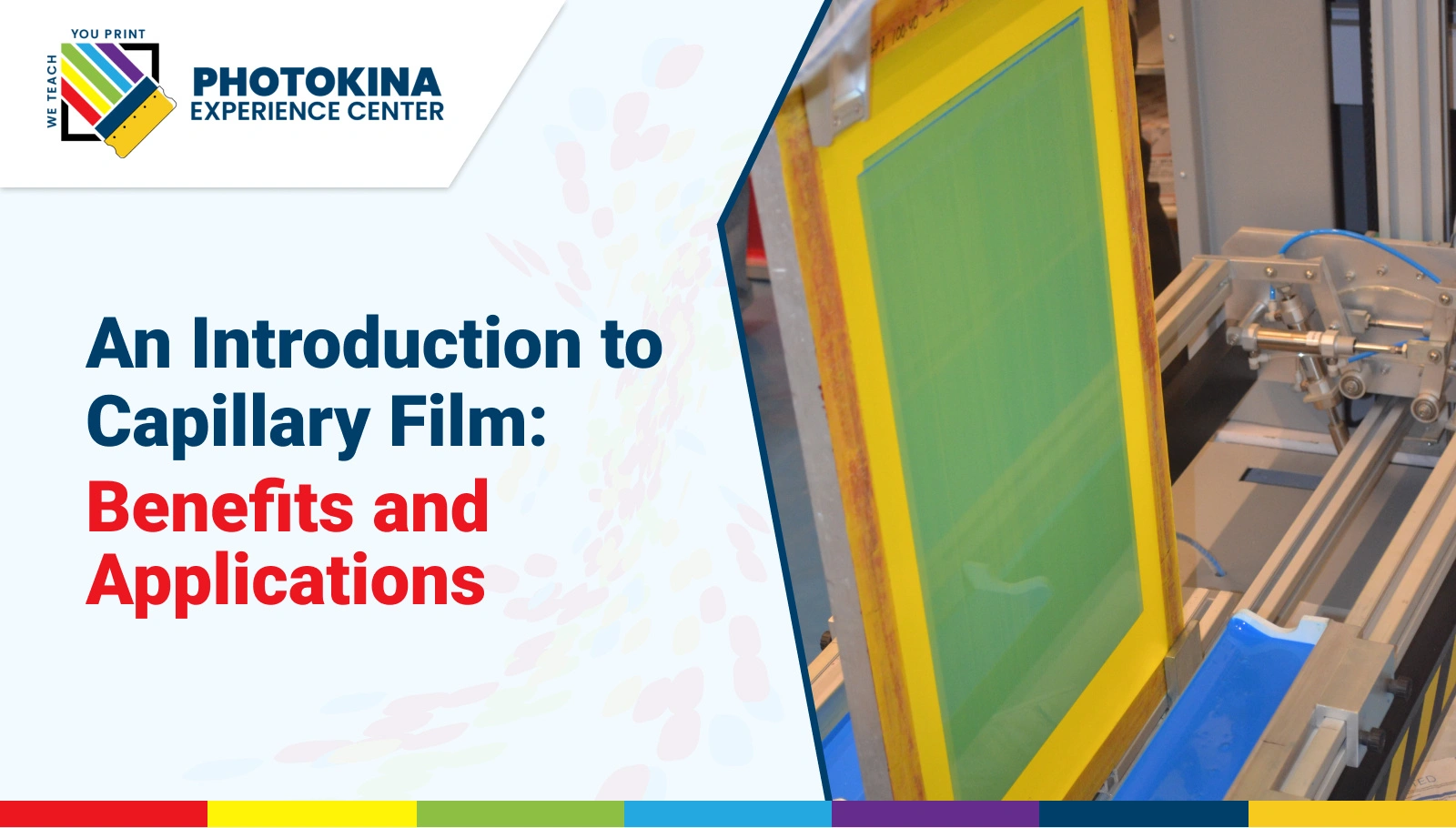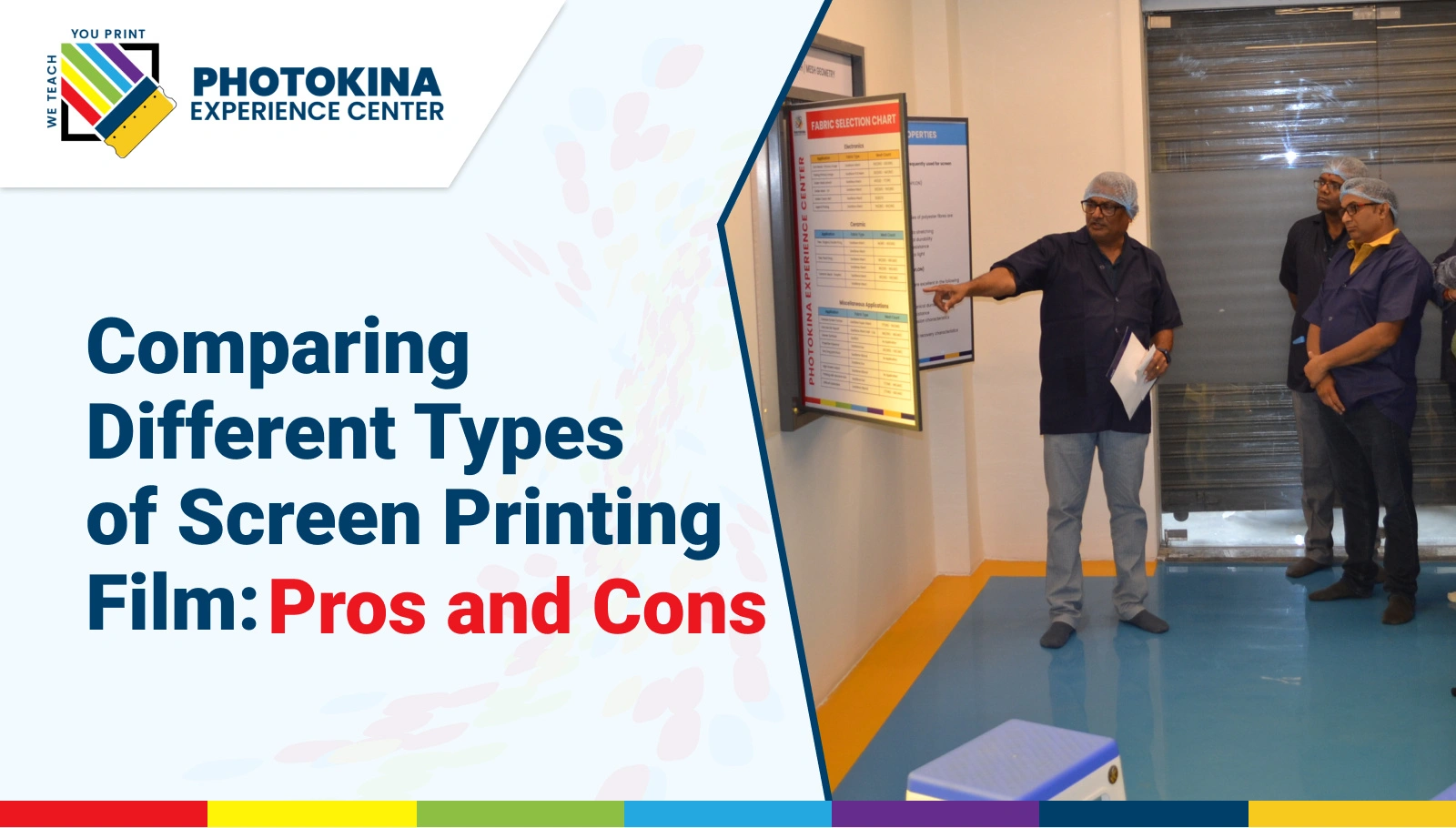
How to Select the Best Screen Printing Mesh for Different Inks
Screen Printing Mesh
How to Select the Best Screen Printing Mesh for Different Inks
Screen printing is a versatile process that relies heavily on choosing the right materials for optimal results. Among these materials, screen printing mesh is a crucial component that influences the quality and accuracy of your prints. Selecting the appropriate screen printing mesh for different inks can significantly impact the final output, making it essential to understand how to choose the right mesh for your specific needs. In this guide, we’ll explore the key factors to consider when selecting screen printing mesh for various types of inks and applications.
Understanding Screen Printing Mesh
Screen printing mesh is the fabric stretched over the screen frame that holds the stencil and allows ink to pass through. It comes in different mesh counts, thread thicknesses, and materials, each suited for different types of inks and printing techniques. The mesh count refers to the number of threads per inch in the mesh, which affects the size of the openings through which the ink passes.
Types of Screen Printing Mesh
- Polyester Mesh: This is the most common type of screen printing mesh, known for its durability and resistance to chemicals and abrasion. Polyester mesh is suitable for a wide range of inks, including plastisol, water-based, and solvent-based inks.
- Nylon Mesh: Less common but still used in specific applications, nylon mesh is known for its flexibility and ability to stretch. It’s generally used for fine-detail printing and can handle a variety of inks.
- Stainless Steel Mesh: For high-precision and long-term use, stainless steel mesh offers exceptional durability and stability. It’s ideal for high-end applications and is resistant to wear and tear.
Selecting Screen Printing Mesh for Different Inks
Different inks require different mesh counts and types of screen printing mesh to achieve the best results. Here’s a breakdown of which mesh to use with various ink types:
1. Plastisol Inks
Plastisol inks are the most commonly used inks in screen printing, known for their vibrant colors and opacity. When working with plastisol inks:
- Mesh Count: Typically, a lower mesh count (110-160 threads per inch) is recommended. This allows for the thicker consistency of plastisol inks to pass through easily while maintaining good coverage and color saturation.
- Mesh Type: The polyester mesh is ideal for plastisol inks due to its strength and resistance to the ink’s chemical components. Ensure the mesh is well-stretched and tensioned to prevent any issues with print quality.
2. Water-Based Inks
Water-based inks are favored for their environmental benefits and soft texture. They are thinner than plastisol inks and require a different approach:
- Mesh Count: A higher mesh count (180-230 threads per inch) is generally preferred. This helps in achieving finer detail and better ink transfer due to the thinner consistency of water-based inks.
- Mesh Type: The polyester mesh is also suitable for water-based inks, but it’s crucial to ensure the mesh is clean and free of any residues that might affect the print. Regular maintenance is key to preventing clogging.
3. Solvent-Based Inks
Solvent-based inks are known for their strong adhesion and durability, making them suitable for printing on various substrates:
- Mesh Count: Similar to plastisol inks, a medium-mesh count (110-160 threads per inch) works well with solvent-based inks. This allows for proper ink flow and coverage.
- Mesh Type: Polyester mesh is effective for solvent-based inks due to its resistance to the solvents and chemicals in the ink. Ensure the mesh is properly cleaned and maintained to avoid any performance issues.
4. UV Inks
UV inks cure quickly under ultraviolet light, providing a durable and glossy finish. They require special consideration:
- Mesh Count: Depending on the application, a medium to high mesh count (160-230 threads per inch) can be used. Higher mesh counts are beneficial for detailed prints.
- Mesh Type: The polyester mesh is suitable for UV inks, but it must be resistant to the UV light and chemicals involved. Ensure that the mesh is properly tensioned and maintained to handle the ink’s properties.
Mesh Tension and Maintenance
In addition to choosing the right mesh count and type, proper mesh tension and maintenance are critical for achieving high-quality prints:
- Mesh Tension: Ensure that the screen printing mesh is properly stretched and tensioned on the frame. Proper tension prevents issues such as blurring, uneven prints, and mesh deformation. Use a tension meter to achieve the desired level of tension.
- Mesh Maintenance: Regularly clean your mesh to remove any ink residues or contaminants. For water-based inks, use mild detergents and water. For solvent-based inks, use appropriate cleaning solvents. Steer clear of harsh chemicals that could damage the mesh.
- Storage: Store your screens in a clean, dry environment to prevent dust and debris from affecting the mesh. Proper storage helps maintain the mesh’s tension and longevity.
Common Problems and Solutions
Even with the right screen printing mesh, problems can arise. Common issues and their solutions include:
- Ink Bleeding: If you experience ink bleeding or smudging, it could be due to too low a mesh count or improper tension. Increase the mesh count or adjust the tension to achieve better control over ink flow.
- Clogged Mesh: Clogging can occur with water-based inks if the mesh isn’t properly cleaned. Ensure thorough cleaning and maintenance to prevent clogging.
- Uneven Prints: Uneven prints may result from inconsistent mesh tension or improper mesh choice. Check the tension and ensure you’re using the appropriate mesh count for your ink type.



